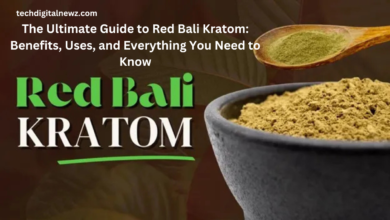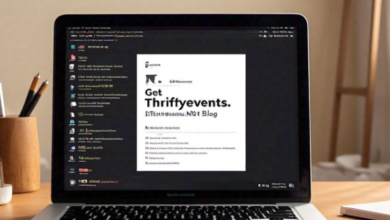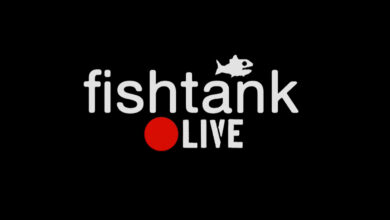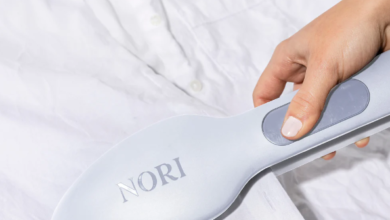The Best Bird Feeders to Help You Identify and Attract Local Species

Birdwatching is a delightful pastime that allows you to connect with nature, even from the comfort of your backyard. One of the simplest ways to attract and observe local bird species is by using a bird feeder. The right feeder not only entices a variety of birds but also makes it easier to identify them based on their feeding habits and preferences. With so many options available, choosing the perfect bird feeder can seem daunting. This guide explores some of the best bird feeders tailored to attract and what is the best bird feeder camera identify your local feathered friends.
Understanding Bird Feeder Types
Bird feeders come in a variety of shapes and sizes, each designed to cater to specific bird species. By selecting feeders suited to your area’s common birds, you can create a welcoming environment that encourages regular visits.
1. Tube Feeders:
Tube feeders are excellent for attracting small bird feeder camera best buyseed-eating birds like finches, chickadees, and sparrows. These feeders feature multiple perches and feeding ports, making them ideal for accommodating several birds at once. Pair a tube feeder with high-quality seeds such as black-oil sunflower or Nyjer seed to maximize its appeal.
2. Platform Feeders:
Platform feeders, also known as tray feeders, offer a flat, open space for birds to feed. Their versatile design allows you to offer a variety of food, from seeds and nuts to fruit and mealworms. This feeder type is perfect for attracting ground-feeding birds like mourning doves, jays, and cardinals. Keep in mind that platform feeders are more exposed to the elements, so regular cleaning is essential.
3. Suet Feeders:
Suet feeders are specialized cages designed to hold suet cakes, a high-energy mix of fat and seeds. These feeders are particularly attractive to woodpeckers, nuthatches, and wrens. During colder months, when natural food bird buddy vs birdy bird feeder camera sources are scarce, suet feeders become a critical energy source for insect-eating birds.
4. Hopper Feeders:
Hopper feeders combine the best features of tube and platform feeders. They hold a significant amount of seed in a container that dispenses food into a tray as birds feed. This feeder type attracts a wide range of species, including cardinals, chickadees, and titmice. Its enclosed design helps protect food from rain and wind.
5. Nectar Feeders:
For those interested in attracting hummingbirds and orioles, nectar feeders are a must. These feeders are brightly colored to mimic the natural flowers these birds seek. Fill them with a simple homemade nectar solution (four parts water to one part sugar) and place them in a sunny, open spot for the best results.
Choosing the Right Feeder for Your Area
To identify and attract local species, it’s crucial to research the birds native to your region. This knowledge will guide your feeder selection and food choices.
Seed-Eating Birds:
In areas with finches, sparrows, and chickadees, tube feeders filled with sunflower seeds or Nyjer seed are a great option. These small birds thrive on seeds and enjoy the convenience of tube feeders with multiple perches.
Ground-Feeding Birds:
If your local species include doves, jays, or towhees, a platform feeder is ideal. Offering a mix of seeds, cracked corn, and peanuts will ensure you cater to their dietary preferences.
Insect-Eating Birds:
Woodpeckers, nuthatches, and wrens are common in wooded or suburban areas. Suet feeders provide the protein-rich food they need, especially in winter.
Nectar-Drinking Birds:
In warmer climates or during migration seasons, hummingbirds and orioles are frequent visitors. Nectar feeders are perfect for attracting these colorful birds and providing the energy they need.
Enhancing Your Birdwatching Experience
Bird feeders are only one part of creating a bird-friendly environment. Here are a few tips to maximize your birdwatching opportunities:
1. Add Variety:
Install multiple feeders to cater to a diverse range of species. For example, a combination of a tube feeder, platform feeder, and suet feeder will attract both seed-eaters and insect-eaters.
2. Offer Fresh Water:
A clean water source, such as a birdbath or fountain, is essential for birds to drink and bathe. This addition makes your backyard even more inviting.
3. Maintain Your Feeders:
Dirty feeders can spread disease among birds. Clean them regularly with soap and water, and refill them with fresh food to keep your visitors healthy.
4. Provide Shelter:
Plant native trees and shrubs to offer birds natural cover and nesting sites. These plants also supply additional food sources like berries and insects.
Identifying Local Birds Through Feeding Habits
Observing birds at feeders can provide valuable clues for identification. Pay attention to their size, coloration, feeding style, and preferred food. For instance:
- Chickadees and titmice often dart back and forth between tube feeders and nearby trees.
- Cardinals and jays prefer larger feeders and are easy to spot with their vibrant plumage.
- Hummingbirds hover gracefully around nectar feeders, flashing iridescent feathers in the sunlight.
Keeping a field guide or bird identification app handy will help you match your observations to specific species.
Conclusion
Investing in the right bird feeders can transform your backyard into a haven for local bird species, providing endless opportunities for observation and enjoyment. Whether you’re drawn to the vibrant flutter of hummingbirds or the cheerful chirps of finches, the right feeder can make all the difference. By understanding your local bird population and their feeding preferences, you can choose feeders that not only attract a diverse array of species but also make it easier to identify and appreciate them. So set up your feeders, grab your binoculars, and get ready to welcome the delightful world of backyard birds.





